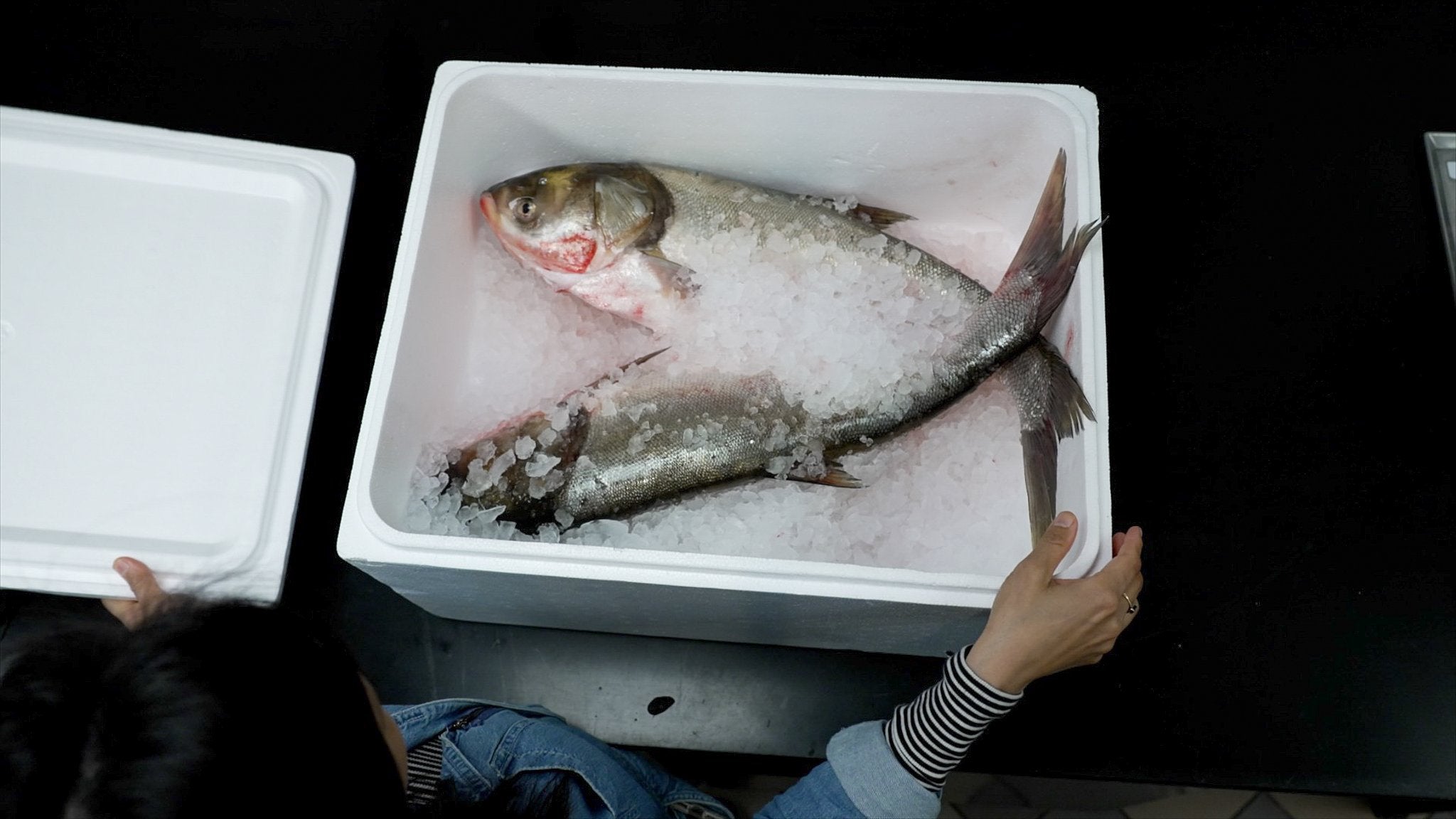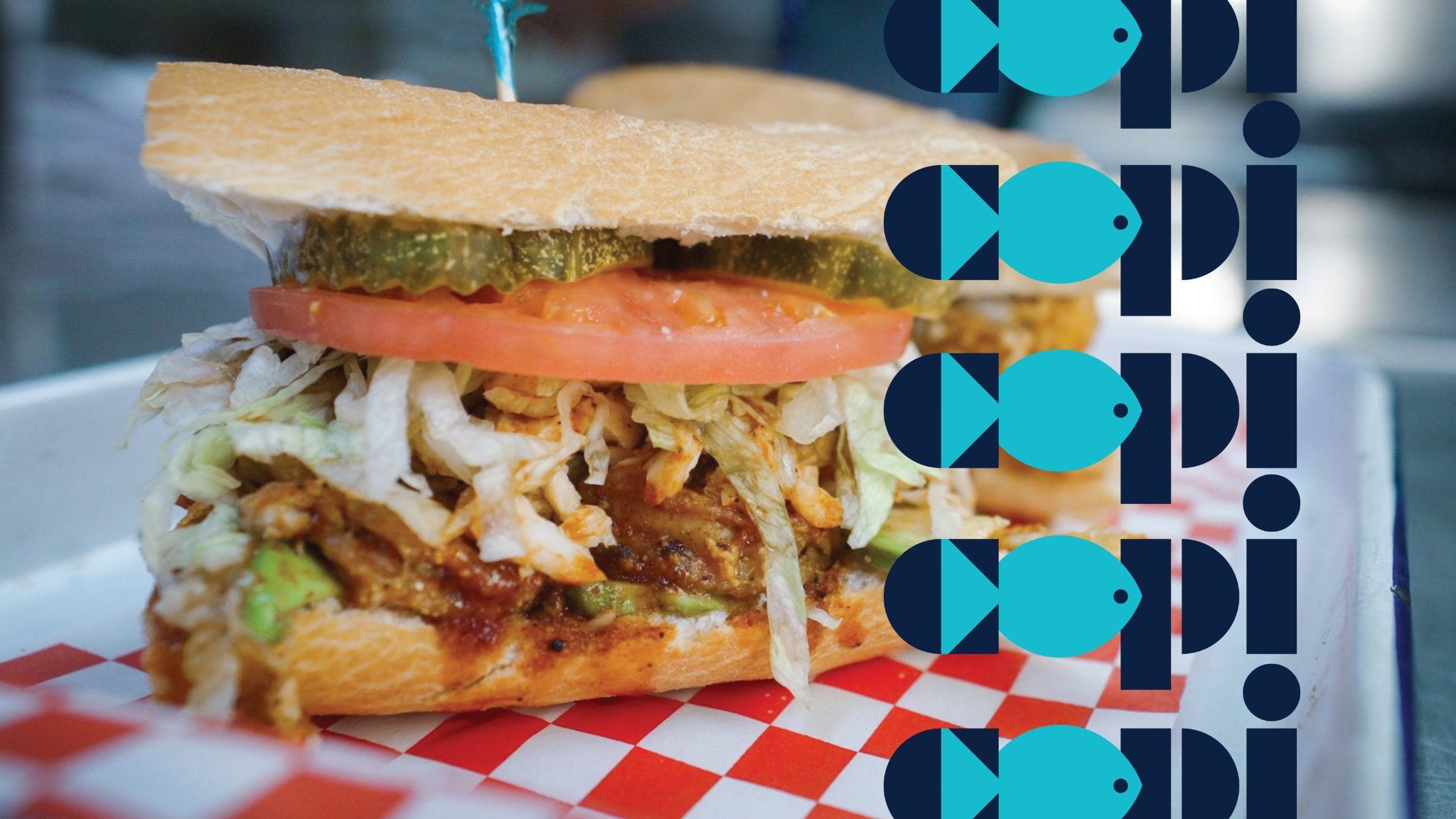The Copi: Renaming of the Delicious, Misunderstood Asian Carp
Eugene L. 06.27.22

After two years of consumer research and careful planning, the State of Illinois has unveiled “Copi” as the new market name for Asian Carp. This new name and branding are designed to address the public’s misconceptions about the delicious fish.
What is commonly known as Asian Carp is actually two species of invasive fish from Asia. The Silver Carp (Hypophthalmichthys molitrix) and Bighead Carp (Hypophthalmichthys nobilis) are both large filter-feeding surface dwelling species that were originally brought into the US in the 1970s-80s. Originally brought in to help maintain water quality at fish farms around the Mississippi River Basin. They escaped these farms and have now spread all over the Midwest’s waterways.
While invasive and considered a pest in the US, they are highly sought after in China as a very popular food-fish. Due to the negative connotation of being a carp, it is assumed they are muddy-tasting bottom feeders, but this is far from the truth. Copi (choosecopi.com) are mild, clean tasting with a light pink flesh. They are loaded with heart-healthy omega-3s and very low levels of mercury due to their low trophic level in the food chain.
“Enjoying Copi in a restaurant or at home is one of the easiest things people can do to help protect our waterways and Lake Michigan,” said John Goss, former White House invasive carp adviser. “As home to the largest continuous link between Lake Michigan and the Copi-filled Mississippi River system, Illinois has a unique responsibility in the battle to keep invasive carp out of the Great Lakes. I’m proud of Illinois, its partners and other states for rising to this challenge.”
The new name of “Copi” is a play on “copious.” Which is what these two species definitely are. With millions of pounds of these fish being harvested every year from just the Illinois River. And that’s not even considering all the other waterways between Illinois and the Gulf Coast. There are hundreds of millions more of them in US waterways.
Changing a food item’s name is nothing new at all. Other famous examples would be the very pricy Chilean sea bass, which is actually known as a Patagonian toothfish. Or, the Orange roughy which was known before as the delicious name of slimehead. Even in fruits, this has been a strategy before, the common kiwi was originally called the Chinese gooseberry.
“Copi is a great name: Short, crisp and easy to say. What diner won’t be intrigued when they read Copi tacos or Copi burgers on a menu?” said Illinois Department of Natural Resources Director Colleen Callahan. “It’s a tasty fish that’s easy to work with in the kitchen and it plates beautifully. Every time we’ve offered samples during the Illinois State Fair, people have walked away floored by how delicious it is.”

Photo Courtesy of Alex Garcia
“Copi is more savory than tilapia, cleaner tasting than catfish, and firmer than cod,” said “Chopped” champion and chef Brian Jupiter, who revealed the new name and will serve Copi at his Ina Mae Tavern in Chicago. “It’s the perfect canvas for creativity – pan fried, steamed, broiled, baked, roasted or grilled. Copi can be ground for burgers, fish cakes, dumplings and tacos.”
A list of recommended recipes using Copi can be viewed at ChooseCopi.com.
“Among the requirements to win federal approval for a name change is widespread use of the name, which is another reason why today’s event is so important,” said Kevin Irons, the assistant fisheries chief for the Illinois Department of Natural Resources, who specializes in invasive species. “So there is one thing that everyone can do to help save the Great Lakes: Call the fish Copi.”
While Illinois officials will apply to formally change the name with the U.S. Food and Drug Administration by the end of the year, the name of the fish on the packaging will be both carp and Copi until federal regulators approve the change. Once that is done it will be sold under just Copi. While many will deride this as saying that Copi is still trash fish. Saying it’s too boney or that is just a stinky carp. Yet people enjoy pikes, pickerels, and American shad to eat, even if the bones are a pain to clean. And yes they are related remotely to common carp, but they are not mud-sucking bottom feeders. A big way we can make a change towards controlling these fish is by making it viable for commercial fishermen to catch and sell them. So in my opinion this is a step in the right direction for sure.